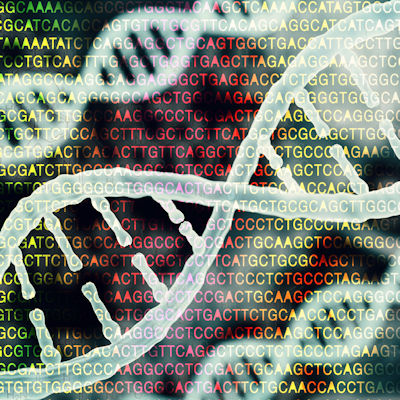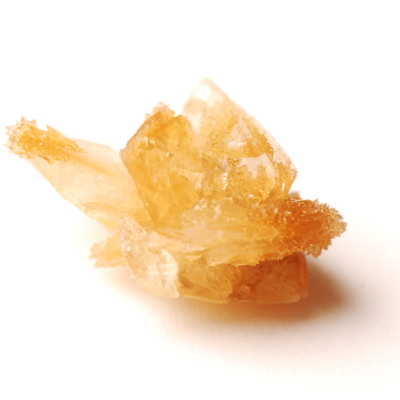 Intranasal COVID-19 vaccine tops vaccine injection
Intranasal COVID-19 vaccine tops vaccine injection
Ohio researchers have discovered a new way of delivering the COVID-19 vaccine: up the nose. It could one day be incorporated into the existing measles-mumps-rubella vaccine as a way to produce COVID-19 immunity in kids. Read More
 Scientists safely add fluorine to drugs
Scientists safely add fluorine to drugs
An international team of scientists have found how to add the fluorine atom to macrolide antibiotics, which means not only changes in the final product’s structure, but also the ability to kill bacteria and work safely in patients. Read More
 Genes explain the effects of psychedelic drugs
Genes explain the effects of psychedelic drugs
Not everyone has the same response to psychedelic drugs and North Carolina researchers have figured out why -- seven genetic variants of one serotonin receptor greatly impact a certain serotonin receptor’s structure and function. Read More
 AIDS 2022 research sheds new light on HIV cells
AIDS 2022 research sheds new light on HIV cells
New research presented at the AIDS 2022 conference shows the HIV-infected memory CD4+ T-cell reservoir is a distinctive cell population that may be uniquely susceptible to specific targeted therapies. Read More
 Illumina releases DRAGEN v4.0 secondary analysis platform
Illumina releases DRAGEN v4.0 secondary analysis platform
Illumina has released Illumina Dynamic Read Analysis for Genomics (DRAGEN) v4.0 as its most accurate and comprehensive secondary analysis platform. The new features allow laboratories to expand capabilities in analysis in oncology, pharmacogenomics, single-cell sequencing, and population genomics. Read More
 Siemens Healthineers unveils in vitro diagnostics systems at AACC 2022
Siemens Healthineers unveils in vitro diagnostics systems at AACC 2022
At AACC 2022 on Tuesday, Siemens Healthineers unveiled the Atellica CI 1900 Analyzer, a clinical chemistry and immunoassay testing system and lower volume version of its on-the-market Atellica clinical chemistry and immunoassay testing solution. Read More
 Drug test detects possibly toxic cannabis derivative
Drug test detects possibly toxic cannabis derivative
As the cannabis derivative delta-8-THC grows in popularity, drug tests are needed to detect and differentiate it from delta-9-THC, the primary psychoactive ingredient in cannabis. Read More
 Method shown to rapidly identify children’s UTIs
Method shown to rapidly identify children’s UTIs
A team led by Dr. Jingcai Wang of Nationwide Children’s Hospital in Columbus, Ohio, has shown that a faster method for diagnosing urinary tract infections (UTIs) in adults could also work in children. Read More
 NGS detects mutation that causes spinal muscular atrophy
NGS detects mutation that causes spinal muscular atrophy
Gustavo Barcelos Barra and colleagues at Sabin Medicina Diagnostica in Brasilia, Brazil, are developing a next-generation sequencing (NGS) panel that detects a mutation in a small spot on the SMN1 gene which causes spinal muscular atrophy. Read More
 Improving kidney stone analysis, treatment with AI
Improving kidney stone analysis, treatment with AI
To improve diagnosis and better guide treatment, researchers led by Patrick Day of the Mayo Clinic have developed artificial intelligence (AI)-trained algorithms that analyze the results of kidney stone composition from Fourier transform infrared spectroscopy. Read More
Member Rewards
Earn points for contributing to market research. Redeem your points for merchandise, travel, or even to help your favorite charity.
Research Topics
Interact with an engaged, global community of your peers who come together to discuss their work and opportunities.
Connect
Tweets by @ScienceBoard



